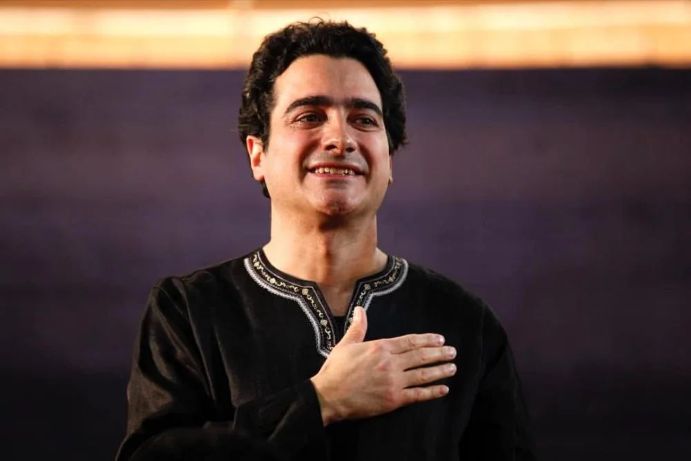
By Pooneh Nedai
Editor-in-Chief of Shokran Magazine/ Iran
TEHRAN: The announcement of the free concert at Azadi Square in Tehran by the great Iranian singer Homayoun Shajaria, — and its later cancellation — created a wave of both hope and fear. More than anything, this incident shows the complexity and tension between art, politics, and the people.
The concert, which could have been an opportunity for wide public access to quality music, was canceled due to obstacles such as the choice of time and location, opposition from the municipality, and resistance by hardliners to letting equipment into the venue.
Interestingly, contrary to expectations, some people were not upset by the cancellation — in fact, they were glad. They believed that holding such an event in the current situation would “normalize” existing problems and social hardships. According to this view, concerts at such a time could send the wrong cultural and political message, so it was better that it did not happen. This gave some groups and individuals a sense of pride, as they claimed their opposition led to the concert’s cancellation.
Meanwhile, on social media and in satellite channels, people began criticizing, questioning, and even insulting Mohammadreza and Homayoun Shajarian, mixing political and sometimes personal grudges into the debate.
According to the Ministry of Culture and Islamic Guidance, the concert was approved to bring joy to the people. But failure to coordinate with other institutions — especially the municipality — led to a ban on bringing instruments and equipment into Azadi Square, which made the concert impossible. This not only widened the gap between the wishes of the people, the artists, and government bodies, but also fueled mutual mistrust.
In response to the attacks, Homayoun Shajarian said his goal was not to cover up problems, and when he saw his concert fail, he thanked those who had worked toward his “impossible dream.” But the tense social atmosphere and conflicting opinions made things harder. Officials, on the other hand, gave scattered and inconsistent explanations, showing the disorganization and inability to manage such a large-scale event.
This incident revealed that cultural governance in Iran still lacks the ability to hold artistic events at the scale people expect. At the same time, part of society itself is not yet ready to freely accept such events, as politics continues to cast its heavy shadow over art.
In the end, the cancellation of Homayoun Shajarian’s concert at Azadi Square reflects the inefficiency of the country’s cultural and social system — where the state does not have the capacity to truly support art, and some of society cannot yet handle such events.
I will close with this reminder: Iran has only one of each giant of art and culture. These unique figures, whose smallest move can ripple across the world, must be valued — both by the people and by those in power. Do not put the heavy burden of politics on the shoulders of an artist. An artist is influential, great — but not a political party. In our sad helplessness, we often expect too much from a popular athlete or artist.




